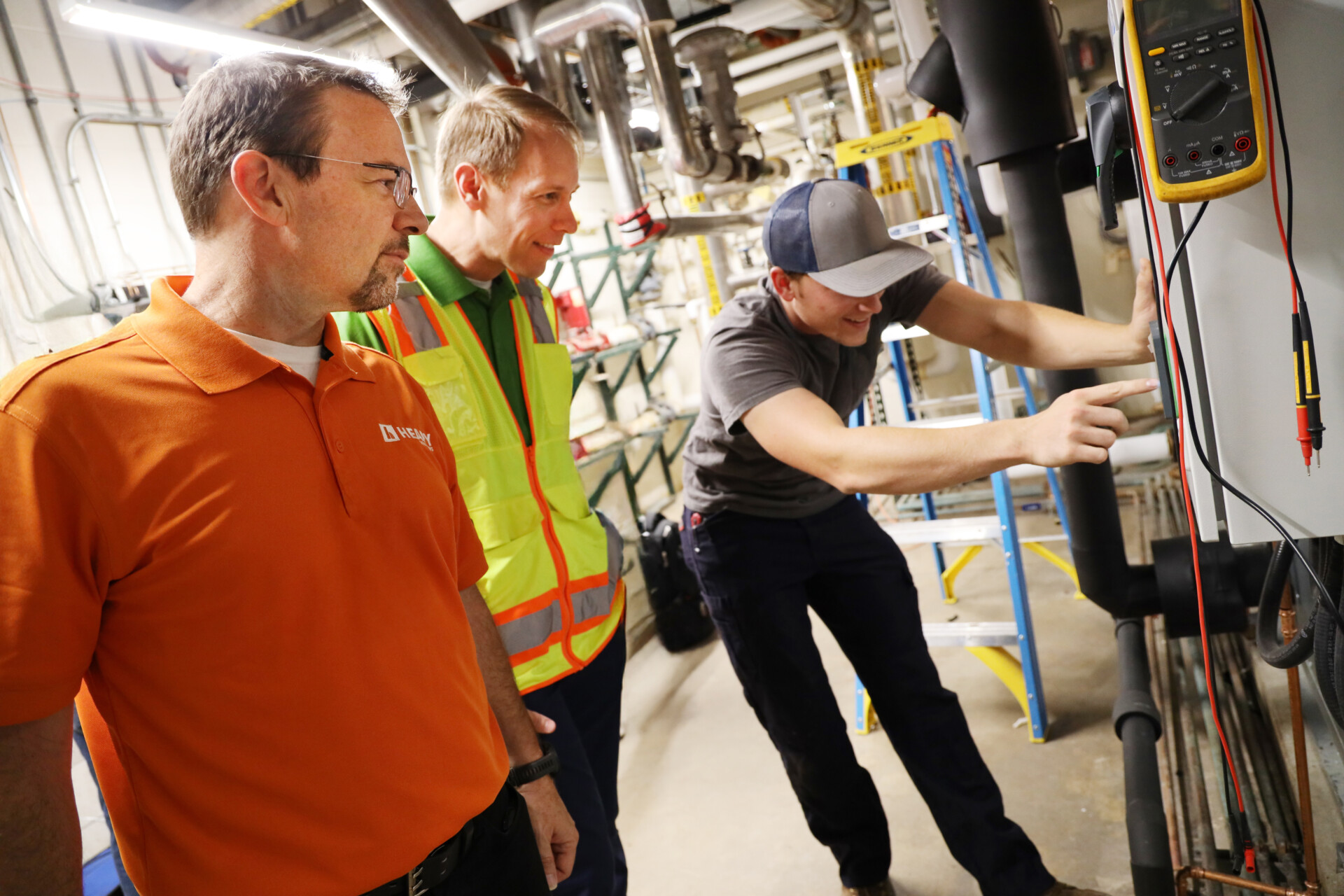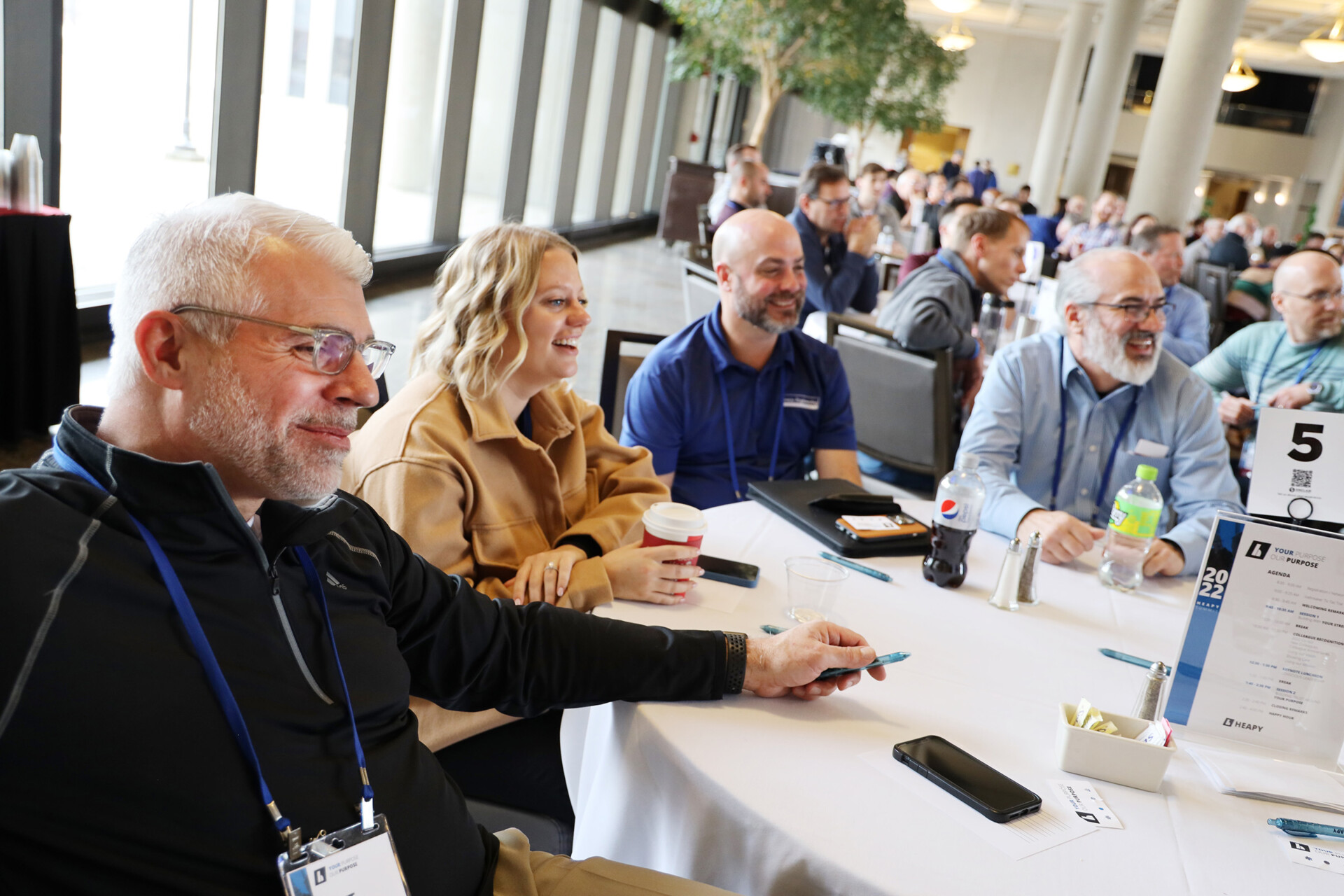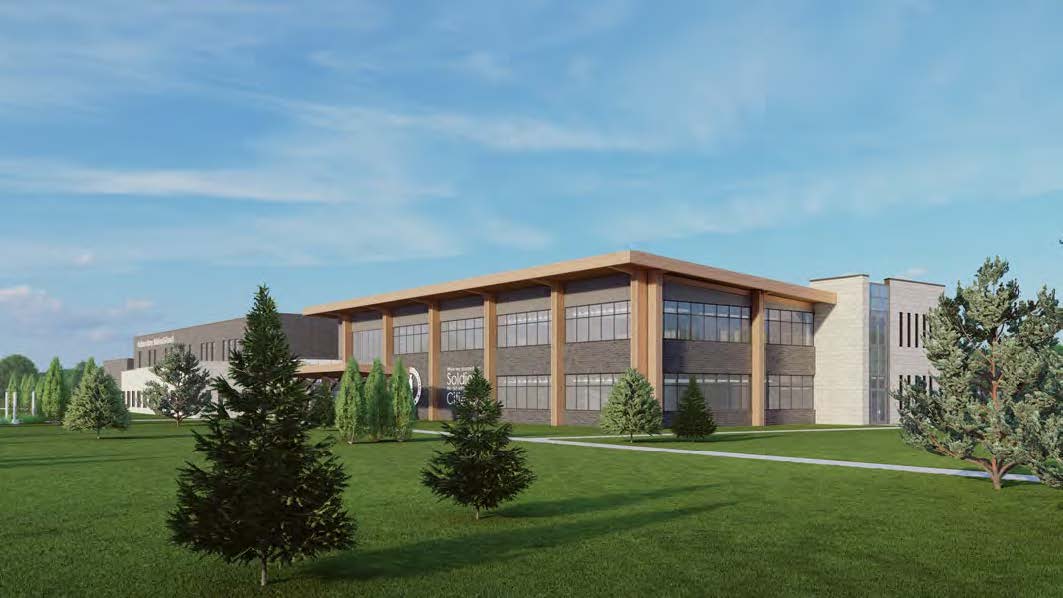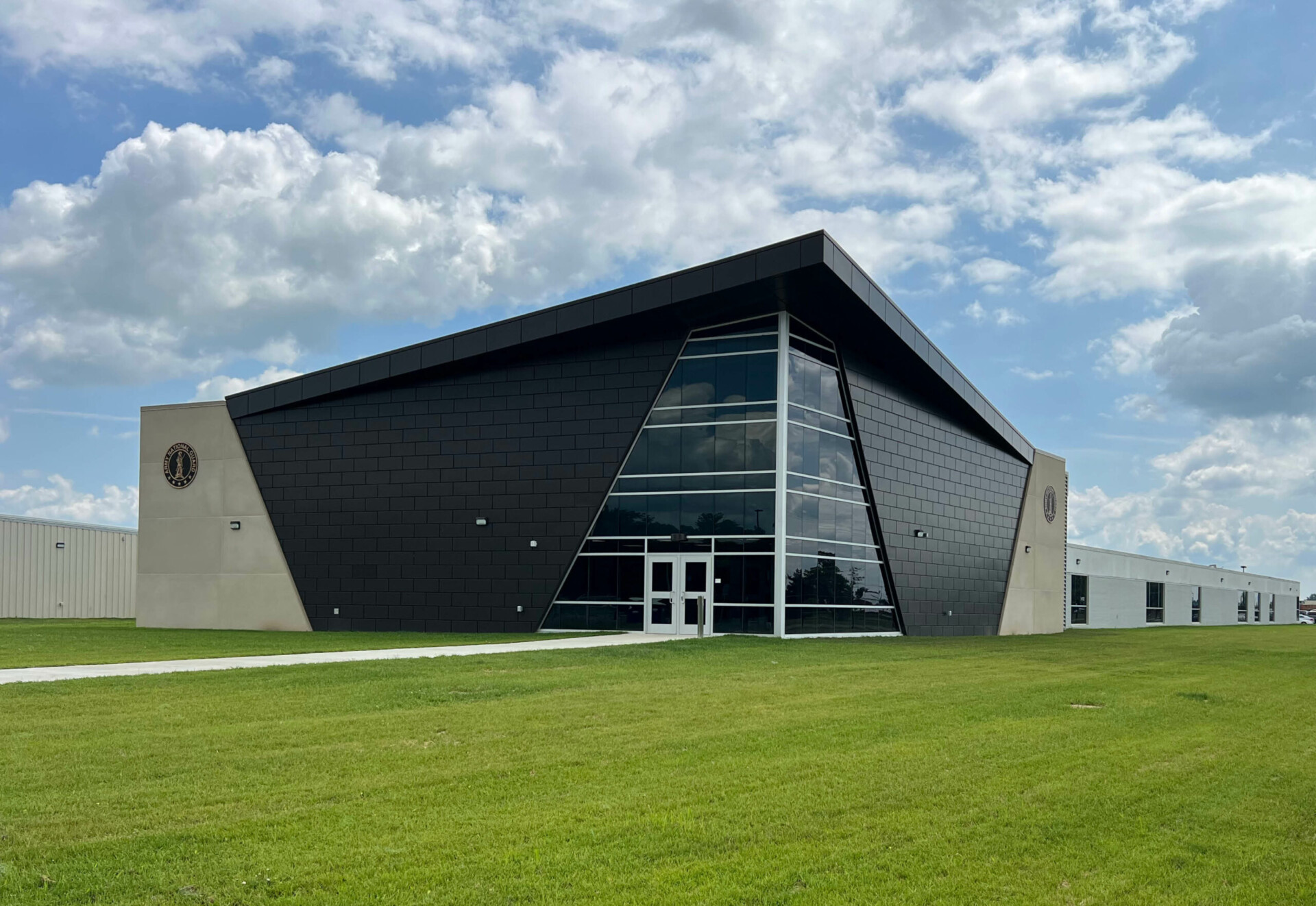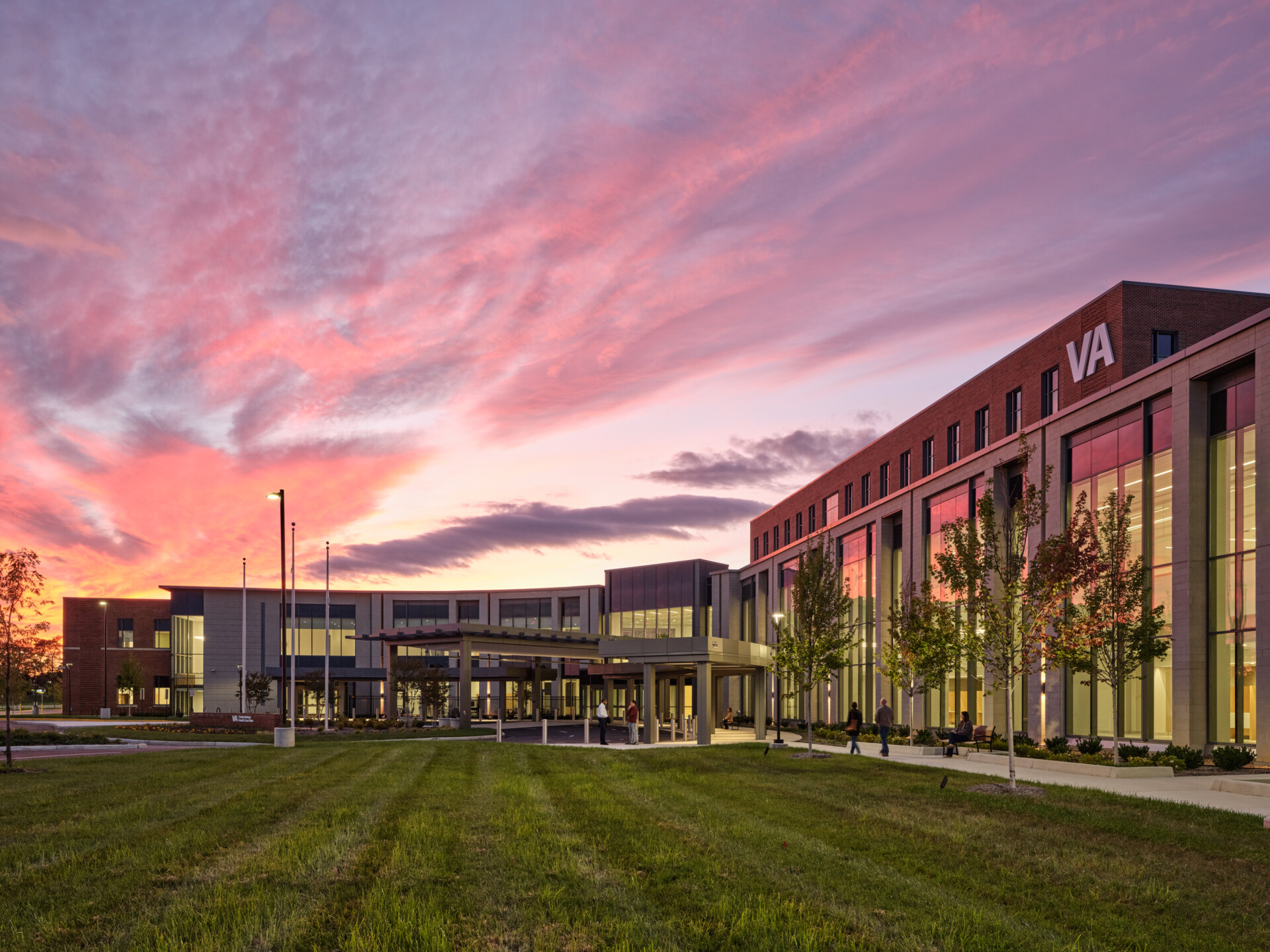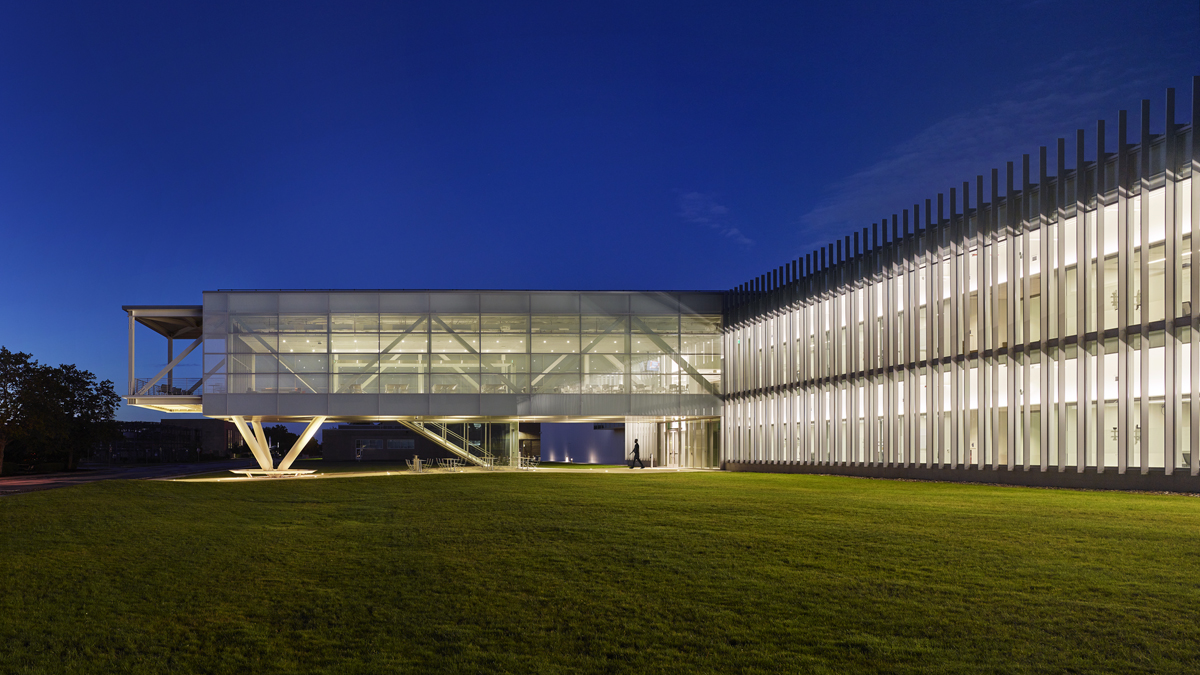Fort Campbell Unmanned Aerial
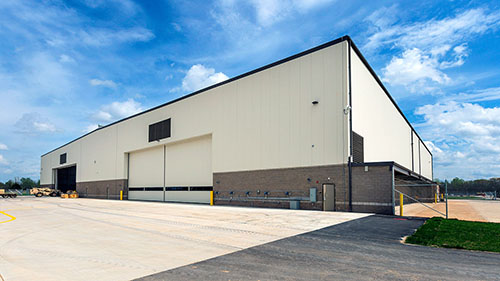
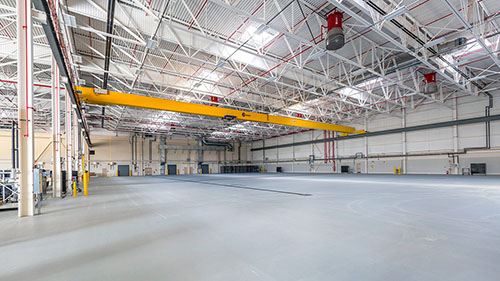
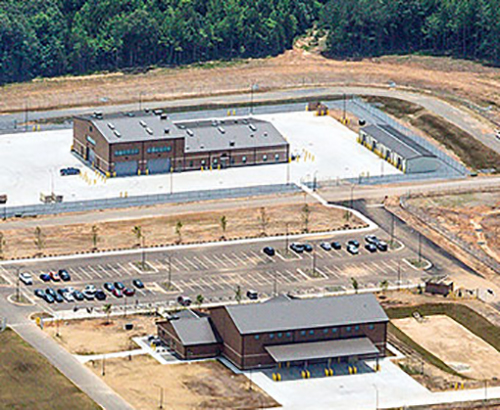
Heapy provided Commissioning Services of two buildings, a 12,000 SF Tactical Equipment Maintenance Facility (TEMF) and a 17,000 SF company operations facility. The TEMF Building will be used to maintain most, if not all, wheeled Battalion Vehicles. This may range from staff car vehicles up to large over the road tractor trailers that carry other tracked vehicles and everything in between. There will be four maintenance bays that will accommodate any size vehicle for long term repairs while there is a dedicated bay to perform regularly scheduled maintenance. Also within the TEMF Facility, there will be storage of parts and tools as well as an administration area and NIPRNET and SIPRNET communications closets. In addition, there will be a CCI secure communications storage area and an AR190-11 Spec weapons storage vault.
These Commissioning Services included administration and delivery of the process of verifying and documenting performance of each of these designated building systems, within the functional capabilities of their design. These Commissioning Services were in accordance with ASHRAE 189.1-2009.
At the conclusion of the Acceptance Phase of this project, the Commissioning and Project Teams have been able to resolve the majority of the one hundred and nineteen (119) commissioning issue items documented through this process. The Commissioning Team primarily focused on resolving items that would have provided impact to the construction project and US Army Corps of Engineers, while also addressing those that were basic installation items. All of the significant impact items identified by the Commissioning Team have been resolved using a collaborative communication process to ensure that the Owners Project Requirements and Operational Considerations were part of all issues resolution.
The Commissioning Team verified that equipment was installed and operating properly to ensure intended life cycle, reliability, and reduction in maintenance expense. Many of the issues identified by the Commissioning Team would have had negative effect on the building occupants, primarily in the form of uncomfortable environment conditions or inoperable components of the building systems. With these issues resolved through the Commissioning Process, the building end user benefits not only from properly operating equipment that uses less energy, requires fewer service calls and replacement parts, and demands less “crisis maintenance” from the US Army Corps of Engineers Facilities Management Staff or outside, but also improved environmental conditions.
